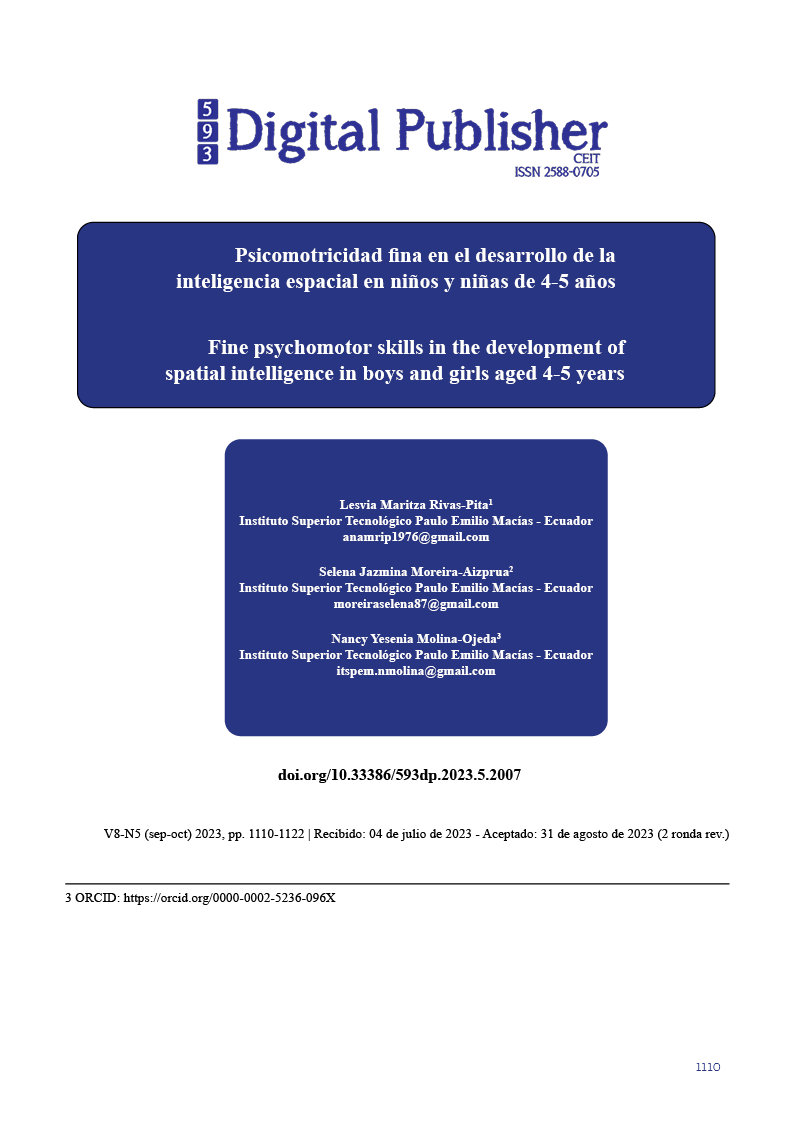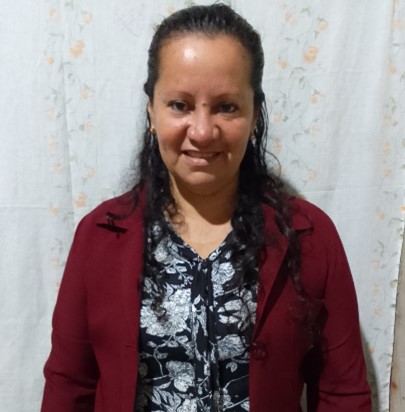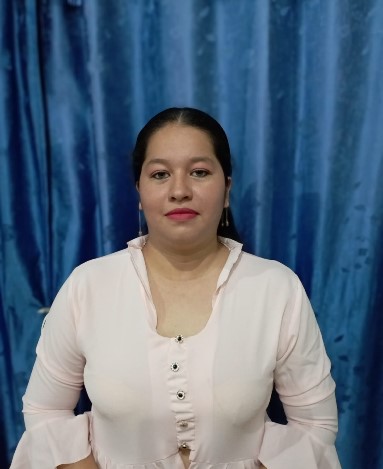Fine psychomotor skills in the development of spatial intelligence in boys and girls aged 4-5 years
Main Article Content
Abstract
This article is focused on the importance of fine psychomotricity in the development of spatial intelligence in children, which is of vital importance during the first years of life and even more when they enter an educational institution, since it is when the children discover and explore their environment with playful activities provided by the teacher. Its objective is to promote the use of didactic material for the stimulation and progress of spatial skills in boys and girls from 4 to 5 years of age. The applied methodology is based on the search for information from various reliable sources, under a mixed approach, using the inductive method, to identify the particularities of the phenomenon studied, framed in a type of descriptive study. Among the techniques applied, the survey of teachers and observation for children were used. With the research findings, it was corroborated how important it is to develop spatial intelligence in boys and girls through fine psychomotricity, how conclusive it is for its application and quality of work carried out by educators in activities, where they strengthen and favor teaching-learning, since through these activities the child develops his psychomotor skills together with spatial awareness.
Downloads
Article Details

This work is licensed under a Creative Commons Attribution-NonCommercial-ShareAlike 4.0 International License.
1. Derechos de autor
Las obras que se publican en 593 Digital Publisher CEIT están sujetas a los siguientes términos:
1.1. 593 Digital Publisher CEIT, conserva los derechos patrimoniales (copyright) de las obras publicadas, favorece y permite la reutilización de las mismas bajo la licencia Licencia Creative Commons 4.0 de Reconocimiento-NoComercial-CompartirIgual 4.0, por lo cual se pueden copiar, usar, difundir, transmitir y exponer públicamente, siempre que:
1.1.a. Se cite la autoría y fuente original de su publicación (revista, editorial, URL).
1.1.b. No se usen para fines comerciales u onerosos.
1.1.c. Se mencione la existencia y especificaciones de esta licencia de uso.
References
Aguilar, R., & Huamaní, R. (2017). DESARROLLO DE LA HABILIDAD MOTRIZ FINA EN LOS NIÑOS Y NIÑAS DE 5 AÑOS DE LA INSTITUCIÓN EDUCATIVA Nº 270 DE HUAYTARÁ-HUANCAVELICA. Obtenido de Repositorio Institucional Universidad Nacional de Huancavelica: https://repositorio.unh.edu.pe/items/cb9043e5-c910-4f5c-b833-189f9496421f
Barrera, V. (2016). LA NOCIÓN ESPACIAL EN LA EJECUCIÓN DE TRAZOS SUELTOS EN LOS NIÑOS Y NIÑAS DE 4 A 5 AÑOS DE LA ESCUELA NUEVA AURORA DEL CANTÓN QUITO, PROVINCIA DE PICHINCHA. Obtenido de UNIVERSIDAD TÉCNICA DE AMBATO: https://repositorio.uta.edu.ec/bitstream/123456789/24541/1/TESIS%20VERONICA%20BARRERA.pdf
Bermúdez, G., & Guevara, E. (06 de 2008). DESARROLLO DE LA INTELIGENCIA ESPACIAL, EN LOS NIÑOS DE 5 AÑOS Y PROPUESTA ALTERNATIVA. Obtenido de Repositorio ESPE. https://repositorio.espe.edu.ec/jspui/bitstream/21000/792/1/T-ESPE-018399.pdf
Craig, G., & Baucum, D. (2009). Desarrollo Psicológico. México: Pearson México.
Guillín, B. (11 de 2014). Actividades lúdicas en el desarrollo de las nociones espaciales en los niños y niñas de 4 a 5 años, de nivel inicial 2, de la Escuela Matilde Hidalgo de Prócel Quito, período 2013-2014. Obtenido de Repositorio Digital Universidad Central del Ecuador: http://www.dspace.uce.edu.ec/handle/25000/5610
Hernández , R., Fernández, C., & Baptista, M. (2014). Metodologiá de la Investigación. México: McGRAW-HILL .
Jácome, J. (03 de 2022). La importancia de las estrategias metodológicas para el desarrollo de la psicomotricidad fina en niños y niñas de subnivel II de educación inicial. Obtenido de Repositorio Institucional de la Universidad Politécnica Salesiana : http://dspace.ups.edu.ec/handle/123456789/22035
Lucas, M. (20 de 05 de 2022). Desarrollo Psicomotriz En Educación Inicial. Obtenido de Repositorio Digital PUCESE: https://repositorio.pucese.edu.ec/handle/123456789/3024
Manrique, A., & Gallego, A. (2013). EL MATERIAL DIDÁCTICO PARA LA CONSTRUCCIÓN DE APRENDIZAJES SIGNIFICATIVOS. Obtenido de Sistema de Información Científica Redalyc: https://www.redalyc.org/articulo.oa?id=497856284008
Ministerio de Educación. (2014). educación.gob.ec. Obtenido de educación.gob.ec: https://educacion.gob.ec/wp-content/uploads/downloads/2014/06/curriculo-educacion-inicial-lowres.pdf
Pedraza , S., & Bustinza, J. (2011). Actividades lúdicas en el desarrollo de la inteligencia espacial de los niños (a) de 5 años de la Institución Educativa Inicial N° 125 Divino Maestro de Abancay - 2011. Obtenido de Repositorio Institucional UNAMBA: http://repositorio.unamba.edu.pe/handle/UNAMBA/432
Quintana , T. (01 de 04 de 2022). El material didáctico interactivo audiovisual en el razonamiento lógico – matemático de los niños y niñas de sexto año de Educación General Básica Media de la Unidad Educativa “Machachi”, del Cantón Mejía, Provincia de Pichincha. Obtenido de Repositorio Universidad Técnica de Ambato: https://repositorio.uta.edu.ec/handle/123456789/35271
Reyes, M. (25 de 01 de 2022). La importancia de la noción temporo espacial en el aprendizaje de la lógica matemática en los niños de 4 a 5 años. Obtenido de Repositorio Universidad Estatal Península de Santa Elena: https://repositorio.upse.edu.ec/handle/46000/6694
Sangrador, G. (2012). Estimulación multisensorial: guía de materiales y actividades. Obtenido de Universidad de Valladolid: https://uvadoc.uva.es/handle/10324/2686
Sanmatín, J. (06 de 2019). Estimulación de la motricidad fina en los niños de 4 a 5 años mediante la manipulación de diferentes materiales de la Unidad Educativa Zoila Aurora Palacios, en la ciudad de Cuenca, 2018-2019. Obtenido de Universidad Politécnica Saleaiana: https://dspace.ups.edu.ec/bitstream/123456789/17995/1/UPS-CT008547.pdf
Velásquez, V. (2021). La importancia de la motricidad fina en el nivel inicial. Obtenido de Repositorio Digital Untumbes: http://repositorio.untumbes.edu.pe/handle/20.500.12874/2605
Vera, E. (26 de 10 de 2020). Psicomotricidad fina para niños de 4 años en la I.E.I Nº2021 Sarita Colonia, Wichanzao - 2017. Obtenido de Repositorio Institucional ULADECH: http://repositorio.uladech.edu.pe/handle/20.500.13032/18247
Yunga, D. (2020). LAS ARTES PLÁSTICAS PARA EL DESARROLLO DE LA INTELIGENCIA ESPACIAL EN LOS NIÑOS Y NIÑAS DE PREPARATORIA DE LA ESCUELA LUIS ALFREDO SAMANIEGO ARTEAGA, DEL CANTÓN CATAMAYO EN EL PERIODO ACADÉMICO 2018-2019. . Obtenido de UNIVERSIDAD NACIONAL DE LOJA: https://dspace.unl.edu.ec/jspui/bitstream/123456789/23076/1/DEISY%20MICHELLE%20YUNGA%20CHAMBA.pdf




